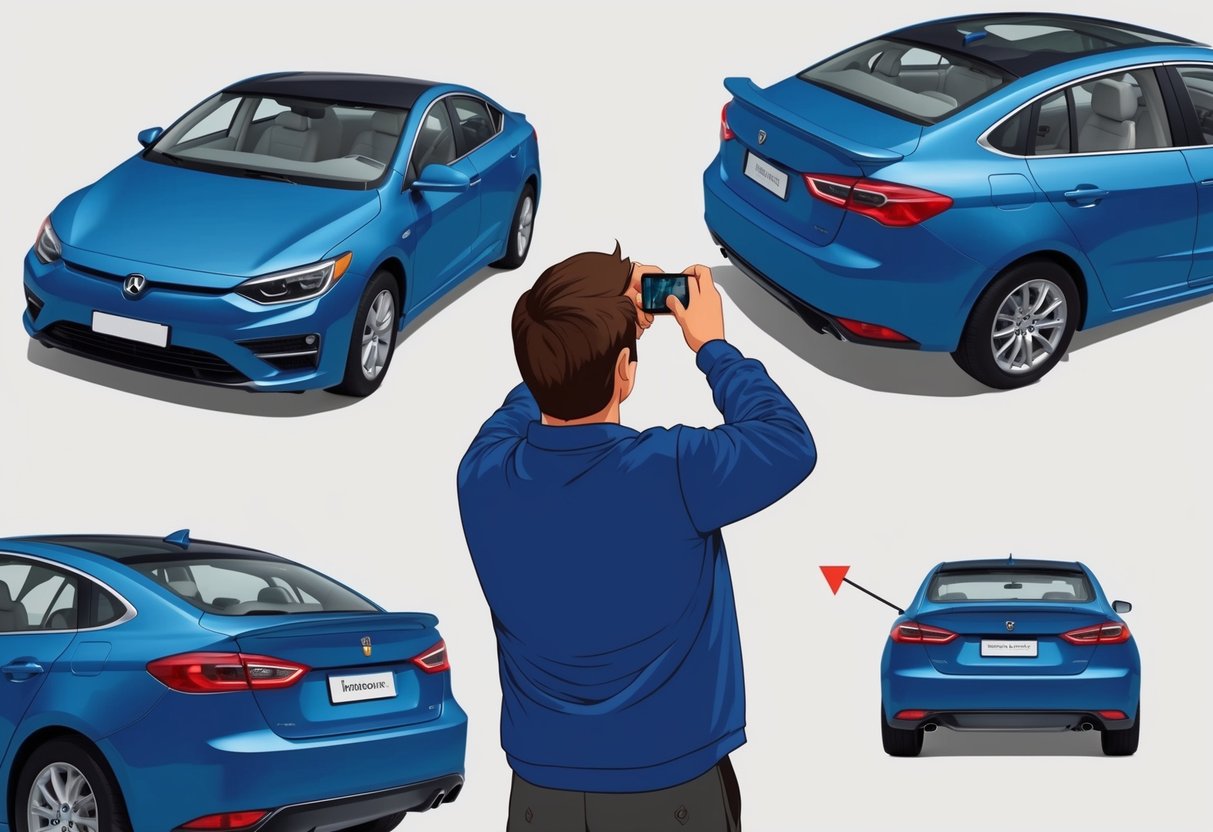
Choosing Where to Sell Online
Selling a car online involves selecting the right platform to reach the most qualified buyers quickly. Differences between major marketplaces, specialty car platforms, and classified ad sites can impact how fast your car sells and how much you get.
Major Online Marketplaces
Well-known online marketplaces attract large audiences looking to buy and sell vehicles. Sites like cars.com and eBay Motors provide robust search filters and listing tools, letting sellers present their vehicle details, photos, and pricing history.
These platforms often support nationwide listings and can handle transactions securely, reducing the hassle for sellers. A wide range of cars and price points means sellers face high competition but can also reach more buyers.
Some sites collect listing fees or commissions, but basic listings are often free or low cost. eBay Motors additionally offers an auction format, creating bidding competition that could drive up the price, although not every car attracts multiple bidders.
Specialized Car Selling Platforms
Specialized car selling platforms focus on streamlined processes designed specifically for vehicle transactions. Services like CarGurus, Canada Drives, and CarDoor let sellers receive instant offers, schedule at-home inspections, and arrange for quick payment and vehicle pickup.
These platforms use algorithms to analyze vehicles and market demand before making prompt cash offers. Sellers avoid negotiating with private buyers and can get fair market value quickly, but instant offers are sometimes lower than what private listings could bring.
Specialized platforms handle most paperwork, which is useful for those who value convenience and speed over maximizing their sale price.
Classified Ad Sites
Classified ad sites such as Craigslist and Facebook Marketplace remain popular for selling used cars online due to their wide reach and no-cost listings. Sellers create their own ad, upload photos, describe features, and set an asking price, giving direct control over the process.
Communication happens directly through messaging or email, allowing for fast responses. These sites are best for those comfortable managing their own sale, but they require vigilance to avoid scams and unreliable buyers.
Many sellers appreciate how quickly listings go live and the chance to interact with local buyers. Proper documentation and in-person meetings are important to ensure a secure transaction and smooth sale.
Creating an Effective Listing

A successful online car sale often begins with a listing that captures buyer interest quickly and communicates all important details. Presenting strong visual content, accurate descriptions, and critical highlights improves the odds of receiving competitive offers and qualified requests from serious buyers.
Writing Compelling Descriptions
Buyers searching online expect more than basic inventory details. The listing should clearly state the year, make, model, trim, and mileage, along with the color, major equipment, and unique selling points.
A well-written description helps the vehicle stand out in a crowded market. Be transparent about the condition, maintenance records, and any recent repairs.
Honest details about issues, if any, foster trust and reduce haggling during negotiations. Specify if the car has a clean title, single ownership, or how it’s been used (such as local commuting versus long-distance travel).
Use language that is professional and concise. Including service history and how regularly the vehicle was maintained can reassure buyers.
Make sure to mention accident history if applicable. Providing reasons or context for selling, like upgrading or downsizing, can help answer common buyer questions without extra back-and-forth.
High-Quality Photos and Detailing
Clear, high-resolution photos are essential. They give potential buyers confidence, showcase transparency, and highlight the car’s true condition.
Take exterior shots from multiple angles, and include close-ups of the wheels, paint, and any known cosmetic issues. For the interior, capture the dashboard, seats, controls, and odometer.
Checklist for Listing Photos:
- Front and rear exteriors
- Both sides
- Wheels and tires
- Dashboard with mileage
- Seats and upholstery
- Trunk or cargo space
- Engine bay
A clean, detailed car shows pride of ownership and helps justify a higher asking price. Before photographing, thoroughly wash and vacuum the vehicle.
Remove personal items and clean the glass, trim, and displays. Consider taking photos outdoors in natural light for optimal clarity.
Highlighting Key Features
Potential buyers often filter online listings based on specific requirements or feature requests. Highlight advanced safety tech, recent upgrades, unique packages, low mileage, or special warranties to set the listing apart.
If the car comes with newer tires, high-demand options, or rare trim levels, specify these in a bullet list for easy scanning.
- Notable Features to Mention:
- Backup cameras, Bluetooth, and navigation systems
- Leather upholstery, sunroof, or heated seats
- Maintenance extras like new brakes or a recent timing belt replacement
Linking features directly to common buyer concerns — such as reliability, safety, or fuel efficiency — can enhance buyer confidence. For more guidance on creating a competitive listing, review expert strategies from Kelley Blue Book’s selling guide.